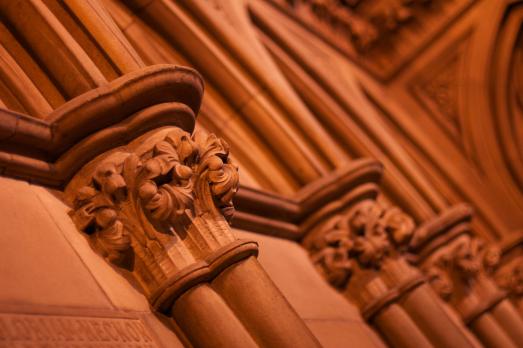
Old Parish Church
Govan, City of Glasgow | G51 3UU
This church was built in 1888 in principally the Early English style by architect Robert Rowand Anderson who also brought in elements of Scottish design.
Search for a fascinating place to visit, or see the variety of churches, chapels and meeting houses we have supported.

Govan, City of Glasgow | G51 3UU
This church was built in 1888 in principally the Early English style by architect Robert Rowand Anderson who also brought in elements of Scottish design.
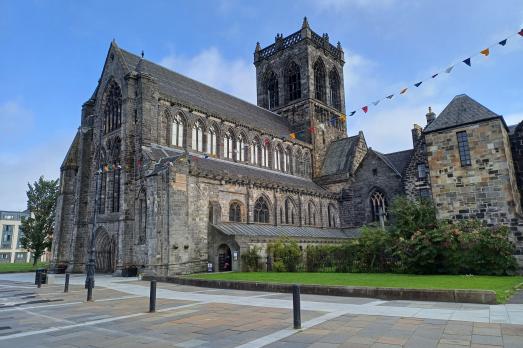
Paisley, Strathclyde | PA1 1JG
This was one of western Scotland's greatest abbeys when founded in 1163 and it still impresses today.
We have supported this church
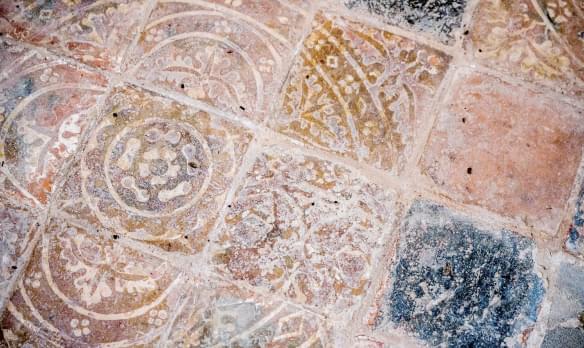
Paisley, Strathclyde | PA1 1EP
Paisley Central Hall was built in 1908.
We have supported this church

Paisley, Strathclyde | PA1 2BA
It is difficult for the eye to take in all the intricate detail when confronted with this amazing Gothic church in rich red sandstone.

Paisley, Strathclyde | PA1 1HR
St Mirins church was founded in 1808: the current newer and bigger building was opened in 1932.

Paisley, Strathclyde | PA3 2AF
The church nave was built in 1833 and the chancel added in 1885, locally only Paisley Abbey is older.
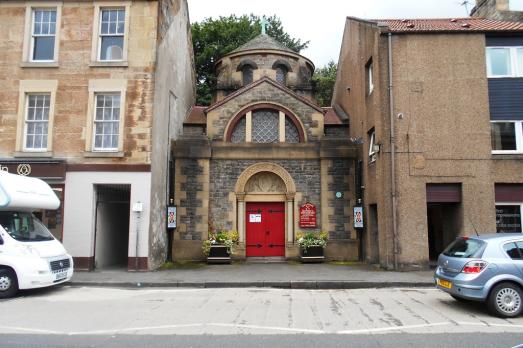
Linlithgow, Lothian | EH49 7EJ
This tiny church was built in 1928 in a Byzantine basilica design.
We have supported this church

Linlithgow, Lothian | EH49 7AL
A light and spacious medieval church building with a warm welcome for visitors.
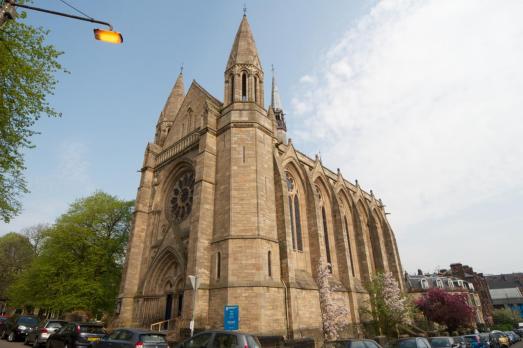
Kelvinside, City of Glasgow | G12 9AR
After appreciating the grand Gothic exterior of this fine church, opened in 1876, the rich interior does not disappoint.
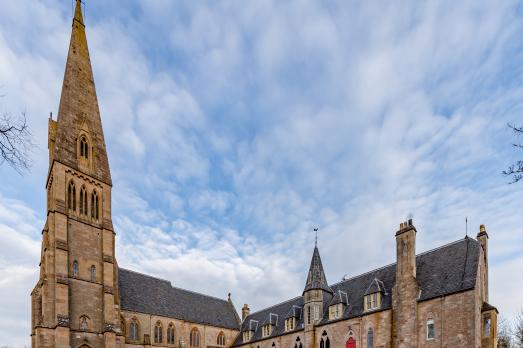
Isle of Cumbrae, Strathclyde | KA28 0HE
Consecrated in 1876 as the Cathedral of the Isles, this is the smallest in Britain and an architectural gem.
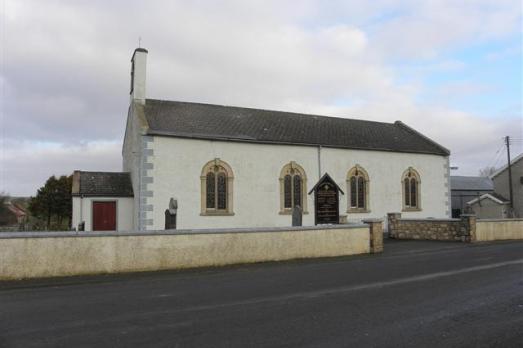
Killeter, County Tyrone | BT81 7EH
Famous for Cecil Frances Alexander, wife of a former Rector Revd William Alexander.
We have supported this church

Cumbernauld, Strathclyde | G67 2JQ
Regarded as being amongst the most notable post war churches in the UK.